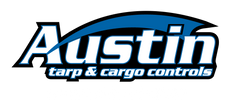
Hotshot Tarps: The Ultimate Guide for Small‑Scale Freight
Your expert guide to protecting time‑sensitive loads
Hotshot trucking uses smaller Class 3–5 vehicles pulling gooseneck trailers to deliver urgent freight. Because these loads ride on open decks, they are exposed to rain, wind and road debris. A properly sized tarp keeps your cargo dry, secures it against shifting and helps you meet Department of Transportation requirements. When choosing a hotshot tarp, think about the cargo you haul, the weight of the cover and how easy it is to deploy when you’re on your own.
Featured Hotshot Tarps
Explore Tarpman’s range of hotshot‑friendly tarps — from compact steel covers to lightweight lumber and wallboard options. Swipe through the cards to find the perfect fit for your small‑scale freight.
Hotshot Tarp Comparison
Use this comparison chart to identify the best cover for your cargo. Look at size, weight, construction and recommended use.
| Tarp | Size & Drop | Weight | Construction & Features | Ideal For |
|---|---|---|---|---|
| Steel Tarp | 12 × 25 ft with 2 ft drop | ~41 lb | Single row of D‑rings; tough vinyl hem; compact size for shorter loads | Coils & dense machinery |
| Lumber Tarp (End of 3‑Pc Set) | 24 × 20 ft with 8 ft drops | 80 lb (62 lb without tail flap) | 18 oz vinyl; three rows of D‑rings at 30”, 60” & 90”; modular orientation | Tall lumber stacks & full trailer coverage |
| Lightweight Lumber Tarp | 24 × 26 ft with 8 ft drops | ~75 lb | 14 oz body with 10 oz drops; welded seams; three rows of D‑rings; tail flap | Lumber when you need a lighter tarp |
| Wallboard Tarp | 20 × 26 ft with 6 ft drops | ~59 lb | 14 oz centre and 10 oz drops; two rows of D‑rings; tail flap; stenciling optional | Drywall, OSB & sheet goods |
Why Hotshot Drivers Need a Good Tarp
Even short trips can damage lumber, steel or wallboard if they aren’t covered. Picking the right tarp size is critical: measure the length, width and height of your load and add 1–2 ft on each side so the tarp drapes fully over your cargo. A tarp that’s too small leaves freight exposed, while an oversized tarp can flap in the wind and become a hazard. Proper securement is just as important. Use ratchet straps and winch bars to tighten the tarp evenly across the load and check for sharp edges that could puncture the fabric. A well‑chosen tarp saves time, prevents damage and keeps you compliant with DOT regulations.
Types of Tarps for Hotshot Trailers
Hotshot drivers haul a variety of cargo, so tarps come in different shapes and weights. Here’s how our featured covers differ:
Steel Tarps
Steel loads are dense and often have sharp edges. A rugged steel tarp should be strong but not overly large. Tarpman’s 12 × 25 ft steel tarp has a single row of D‑rings and a strategic grommet hem so that even short loads can be tied down securely. The tarp’s 2‑ft drop makes it suitable for coils or compact machinery, and at around 41 lb it’s easy for one person to deploy.
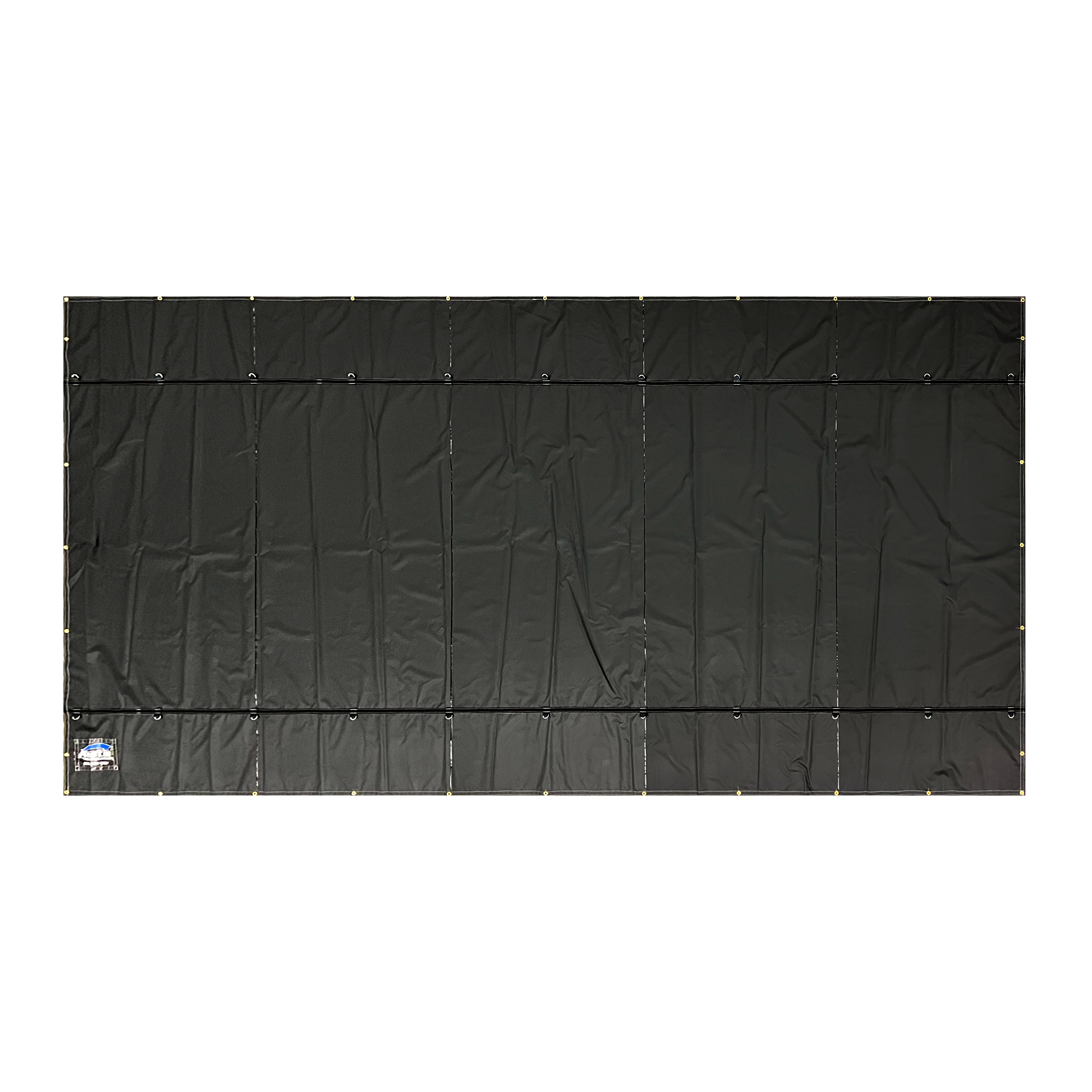
12 × 25 ft Steel Tarp
Compact cover with a single row of D‑rings and a 2 ft drop; perfect for coils and short machinery.
Shop Steel TarpLumber Tarps
Lumber stacks are taller and wider than steel loads, so these tarps have wider dimensions and longer drops. Our 24 × 20 ft lumber tarp is part of a three‑piece set; each end tarp has an 8 ft drop and three rows of D‑rings at 30, 60 and 90 inches. The heavy 18‑oz vinyl fabric protects rough sawn boards from rain and debris. Because the tarp can be rotated 90 ° to form a 20 × 24 ft cover, it works well on hotshot trailers that need modular coverage. For those who want to reduce strain, the 24 × 26 ft lightweight lumber tarp offers the same 8 ft drop but uses 14‑oz vinyl on the main body and 10‑oz vinyl on the drops. At roughly 75 lb, it’s 36 lb lighter than a standard 18 oz tarp.
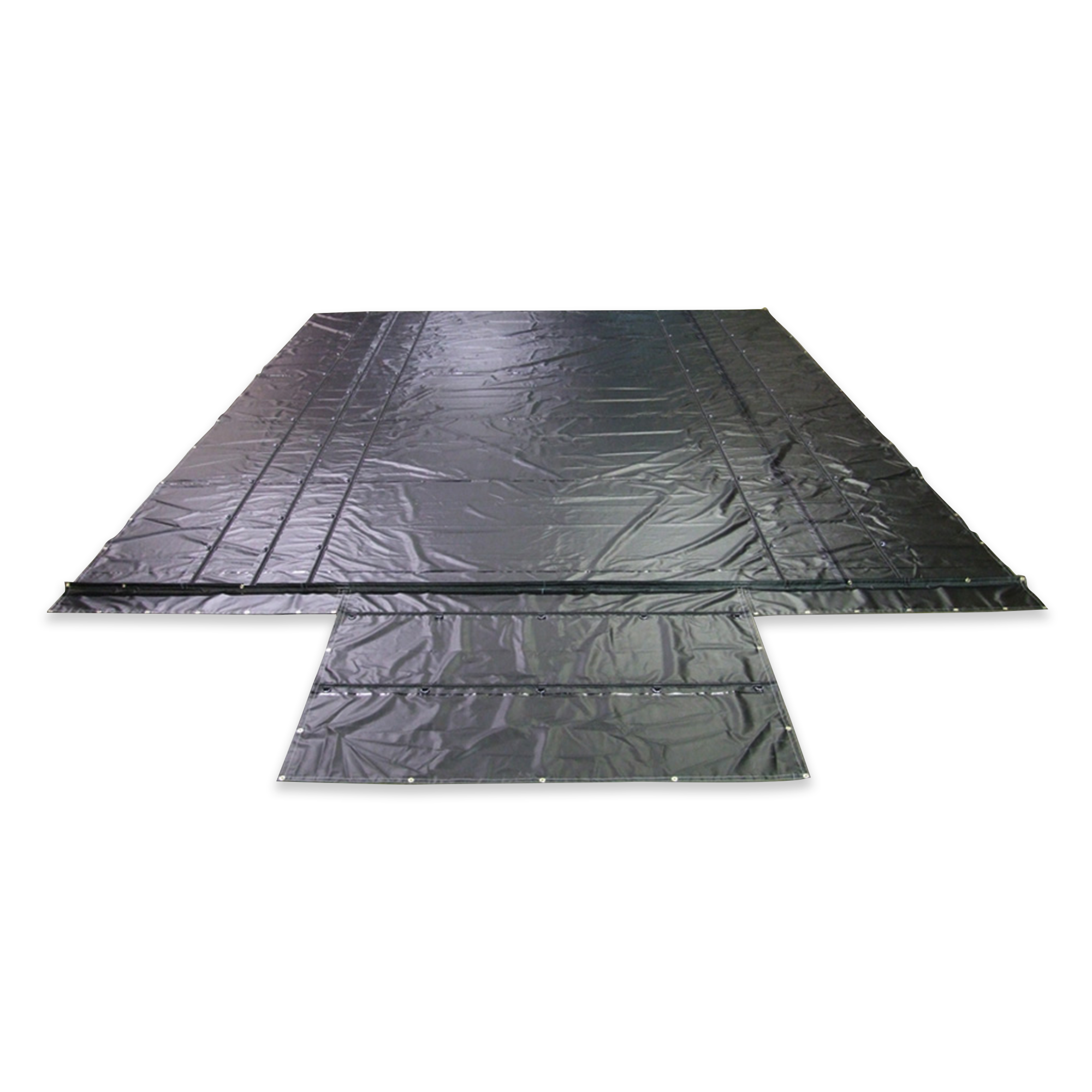
24 × 20 ft Lumber Tarp
Heavy 18 oz vinyl with 8 ft drops and three rows of D‑rings; modular end‑of‑set piece.
Shop Lumber Tarp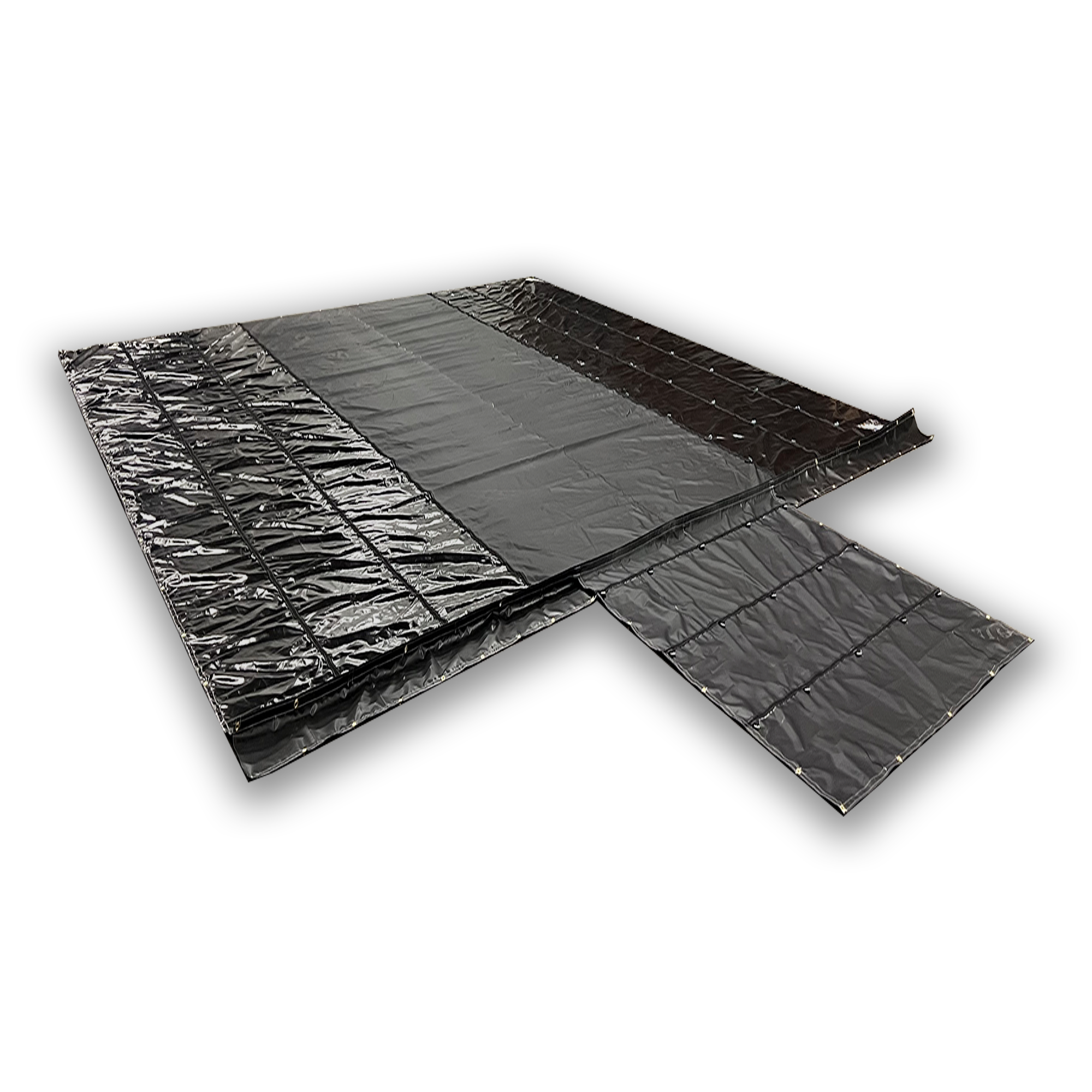
24 × 26 ft Lightweight Lumber Tarp
Uses 14 oz/10 oz vinyl for easier handling; includes a tail flap and three rows of D‑rings.
Shop Lightweight Lumber TarpWallboard Tarps
Wallboard, OSB and plywood sheets need coverage but not necessarily full 8 ft drops. The 20 × 26 ft lightweight wallboard tarp has 6 ft drops and uses two rows of D‑rings all around. The centre panel is 14 oz vinyl and the drops are 10 oz vinyl, resulting in a 59 lb tarp — about 27 lb lighter than Tarpman’s regular 18 oz wallboard tarps. A tail flap and stenciling options make this tarp versatile for hotshot drivers hauling drywall or gypsum board.
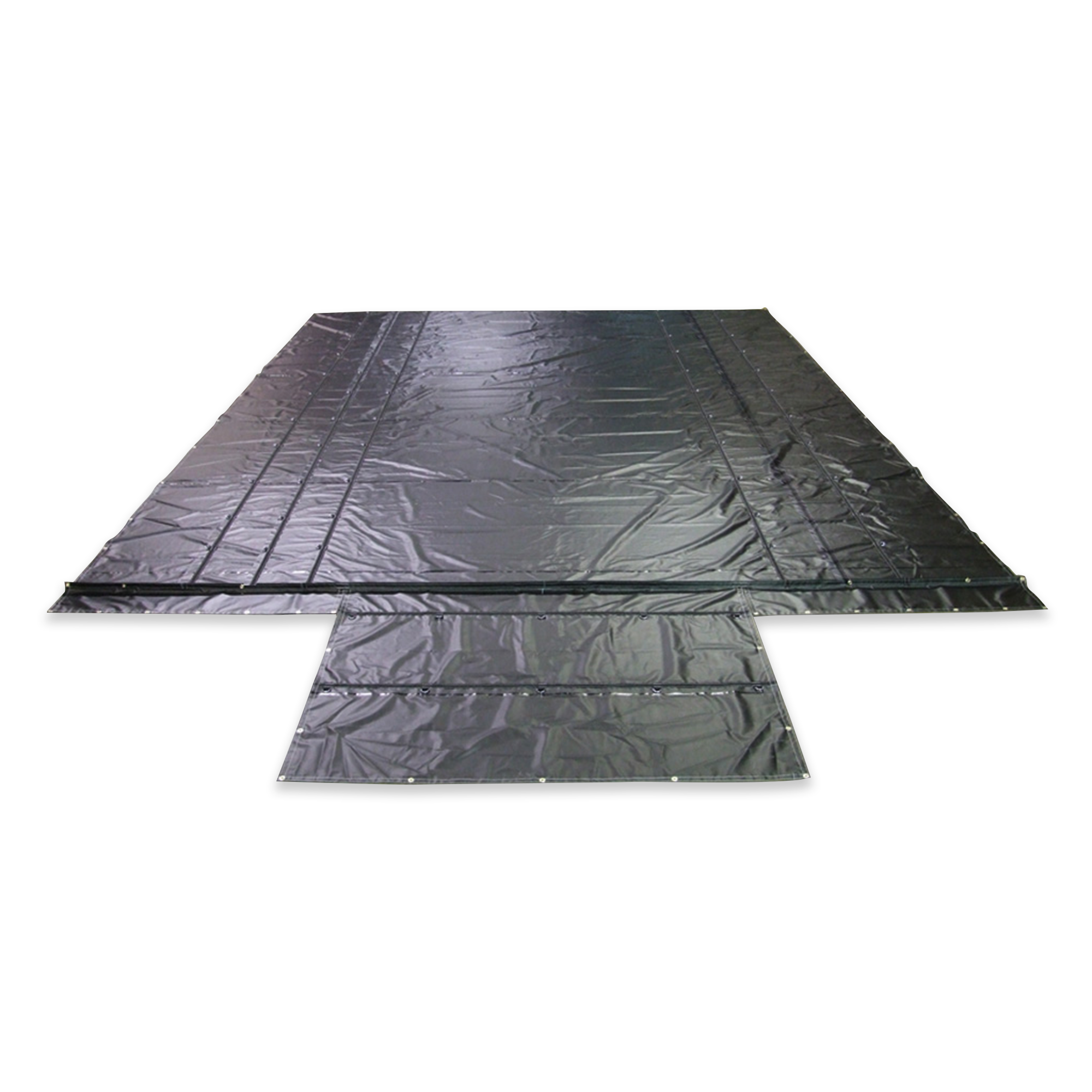
20 × 26 ft Wallboard Tarp
Lightweight 14 oz/10 oz vinyl; 6 ft drops and two rows of D‑rings; perfect for drywall and sheet goods.
Shop Wallboard TarpHow to Choose the Right Hotshot Tarp
Follow these steps to select a tarp that keeps your freight secure without adding unnecessary weight:
- Measure your load carefully. Use a tape measure to determine the length, width and height of your cargo. Add 1–2 ft on each side to choose a tarp that fully covers the load. For example, a 14‑ft bed often needs a 7 × 16 ft tarp.
- Select the appropriate drop. Steel loads typically need a 2 ft drop; lumber loads often require 6–8 ft drops. Make sure the drop length matches the height of your cargo so the tarp reaches the deck.
- Consider weight and handling. Hotshot drivers often load and unload alone, so a lightweight tarp can save time and reduce fatigue. Lightweight tarps use 14‑oz or 10‑oz vinyl, while heavy‑duty tarps use 18 oz vinyl for maximum durability.
- Check D‑ring placement. Multiple rows of D‑rings allow you to tie down the tarp securely across varying load sizes. Steel tarps may have one row; lumber tarps often have three rows spaced evenly from the hem.
- Plan for securement and protection. Always use ratchet straps and winch bars to secure the tarp. For sharp loads, use edge protectors to prevent tears. A headache rack mounted behind the cab can also protect your truck from shifting cargo.
Cargo Control Essentials
To keep your tarp secure and your load protected, complement it with these must‑have accessories:

Ratchet Straps
Heavy‑duty straps to secure tarps and cargo; available in multiple lengths and load ratings.
Shop Straps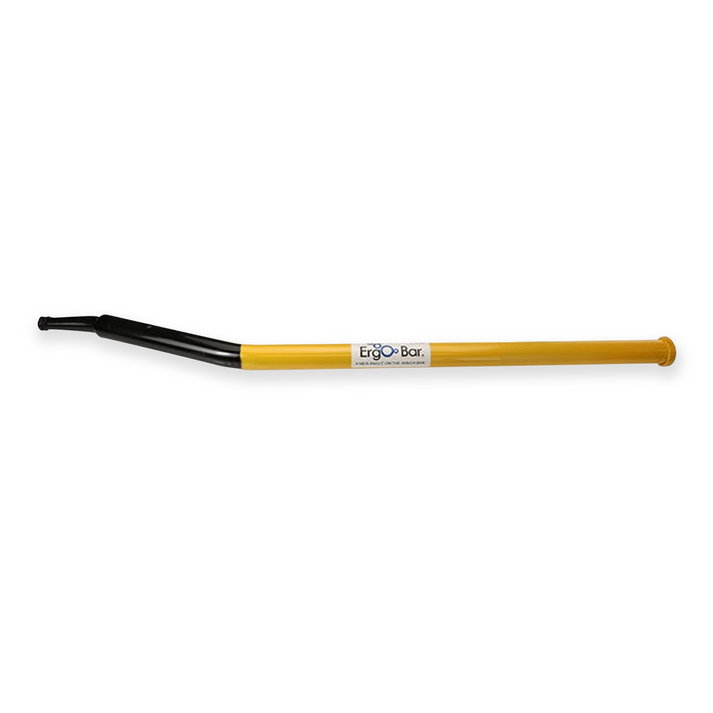
Winch Bars
Use a sturdy winch bar to tighten straps evenly and lock down your tarp for every trip.
Shop Winch Bars
Edge Protectors
Prevent tarp tears on sharp loads with durable corner and edge protectors.
Shop Edge ProtectorsMaintenance and Care
A tarp is an investment that will last longer with proper care. Clean the tarp with mild soap and water and avoid harsh chemicals. Let it dry fully before rolling it up, and store it in a cool, dry place to prevent mold. If you notice a small tear, patch it promptly with a repair kit. For larger damage, Tarpman offers professional repair services in Charlotte.
Do’s and Don’ts of Hotshot Tarping
| Aspect | Mistake | Solution |
|---|---|---|
| Size & Fit | Using a tarp that’s too small or too large | Measure your load and add 1–2 ft on each side for complete coverage |
| Securement | Not using proper cargo control tools | Use ratchet straps and winch bars to tighten the tarp evenly |
| Material Choice | Choosing a tarp that’s too heavy or not durable enough | Opt for lightweight 14/10 oz vinyl for easy handling or 18 oz vinyl for maximum durability |
| Edge Protection | Skipping edge protectors for sharp loads | Install edge protectors or cardboard corner guards to prevent tears |
| Cab Safety | Not using headache racks behind the cab | Install a headache rack to shield the cab from shifting loads |
Local Hotshot Tarp Services
Based in Charlotte, NC, Tarpman is your one‑stop shop for hotshot tarps and cargo control equipment. Visit us at 2901 Stewart Creek Blvd, Charlotte, NC 28216 for tarp installation, custom stenciling and professional repairs. Can’t make it to the shop? Use the links above to order online and we’ll ship directly to you.
Frequently Asked Questions
What size tarp do I need for my hotshot trailer?
Measure the length, width and height of your cargo and add 1–2 ft on each side. For example, a 14 ft load with a 4 ft height might need a 7 × 16 ft tarp to ensure complete coverage.
What’s the difference between steel and lumber tarps?
Steel tarps are smaller with short drops (usually 2–4 ft) and fewer D‑rings because steel loads are compact and dense. Lumber tarps are larger with longer drops (6–8 ft) and multiple rows of D‑rings to cover tall, wide stacks of wood.
Are lightweight tarps durable enough?
Yes. Lightweight tarps use 14 oz vinyl on the main body and 10 oz vinyl on the drops. They’re 25–35 lb lighter than standard 18 oz tarps but still waterproof and tear resistant thanks to welded seams and reinforced hems.
How do I repair a tear in my tarp?
Clean the area, trim any frayed edges, and apply a patch from a tarp repair kit. Press it firmly to remove air bubbles. For larger or complex repairs, visit Tarpman’s Charlotte shop or call us for professional service.
Can I have my company name stencilled on a tarp?
Absolutely. We offer custom stencilling on many of our tarps, including the lightweight wallboard tarp. Contact us to discuss your design and we’ll add branding that stands up to the elements.
📞 1‑800‑532‑TARP • Email james@tarpman.com • 2901 Stewart Creek Blvd, Charlotte, NC 28216
